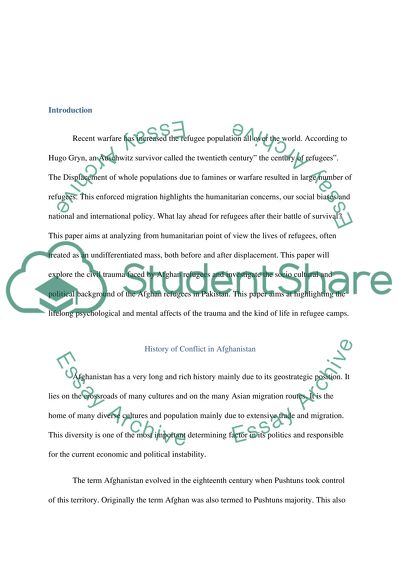Cite this document
(“Case Report on country with a large refugee Essay”, n.d.)
Retrieved from https://studentshare.org/environmental-studies/1413028-case-report-on-country-with-a-large-refugee
Retrieved from https://studentshare.org/environmental-studies/1413028-case-report-on-country-with-a-large-refugee
(Case Report on Country With a Large Refugee Essay)
https://studentshare.org/environmental-studies/1413028-case-report-on-country-with-a-large-refugee.
https://studentshare.org/environmental-studies/1413028-case-report-on-country-with-a-large-refugee.
“Case Report on Country With a Large Refugee Essay”, n.d. https://studentshare.org/environmental-studies/1413028-case-report-on-country-with-a-large-refugee.


